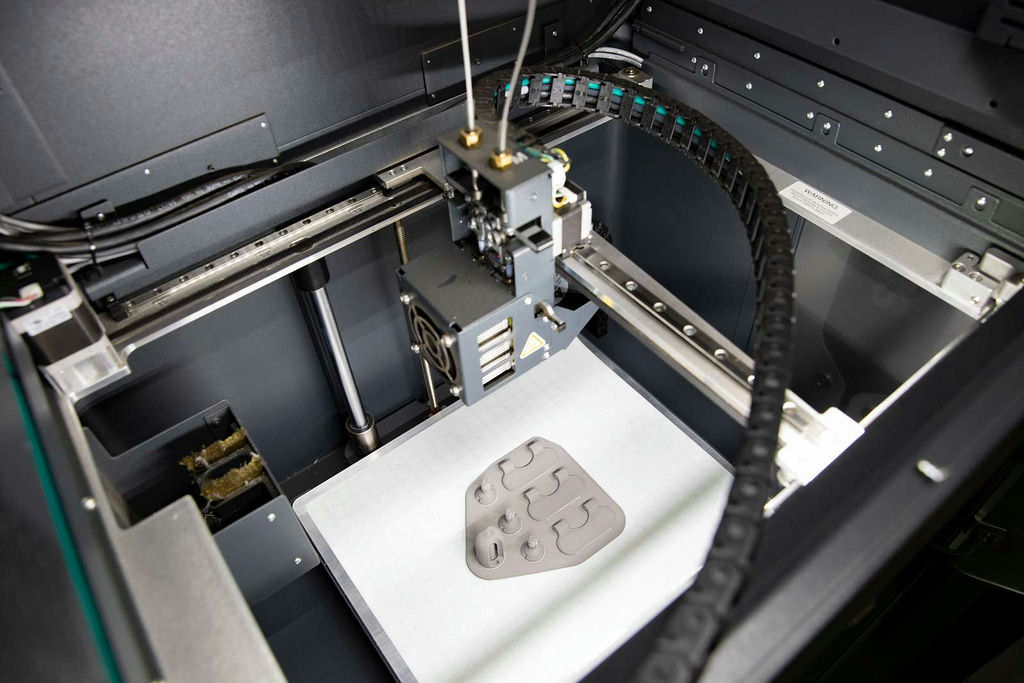Additive manufacturing provides endless potential to revolutionize manufacturing, from creating complex structures to producing personalized products. It is crucial to demonstrate that these parts are safe and reliable for end-use applications. The parts need to qualify for use according to the requirements applicable to the intended use. However, the qualification requirements applicable for one part may not be the same for another part. Therefore, the parts need to be classified based on some criterion so that qualification requirements can be created accordingly. To createsuch a criterion,it is important to understand the intended function of the part: whether the part is safety critical or mission critical, the chances of failure of the part, and what would be the consequence if the part fails.
The part classification helps to determine an appropriate level of process control, qualification, and inspection. Based on the consequence of failure, parts can be grouped into different classes, and proper procedures that apply to each class can be developed. Two standards provide guidance and requirements in classifying additive manufactured parts; ASTM F3572 and NASA STD 6030. Although these standards are developed specifically for use in Aviation and Space applications, the modalities can also be applied to other industry sectors.
ASTM F3572
This standard practice provides the general principles in classification of additively manufactured parts used in aviation produced by all the AM technologies defined in ISO/ASTM 52900. This practice establishes a consistent methodology to define and communicate the consequence of failure associated with AM aviation part. The same methodology could be used for other industry sectors by adequately identifying the risk associated with the field of use. Four part classes are established in this standard. The parts are classified as A, B, C, and D based on consequence of failure levels as High, Medium, Low and Negligible or No effect, respectively
Class A – High refers to a part whose failure can directly affect the safe operation of the flight
Class B- Medium refers to a part whose failure indirectly affects the safe operation of the flight
Class C- Low refers to a part whose failure has less impact in the operational and functional capabilities
Class D- Negligible or No impactrefers to a part whose failure has no impact in the regular operation of the flight
This standard can be used to establish specific methods of compliance but should refer to the original regulations.The standard allows a cognizant engineering organization to assign part classification based on the consequence of part failure. The potential of this standard is that it allows for every additive manufactured part design in aviation to be assigned a classification that can drive all aspects of the part life cycle.
NASA STD 6030
NASA STD 6030establishes the additive manufacturing requirements for spaceflight systems. The standard covers all aspects of AM processes from feedstock to qualification and process control. Section 4.3 of this standard defines the classification of AM parts. The part classification system uses a two-tier approach based on relative risk;
Primary Classification based on the consequence of failure.
The parts are classified as Class Awith high consequence of failure, Class Bwith consequence of failure falling short of catastrophe, and Class C,with negligible consequence of failure. The considerations in determining a part to be categorized under these classes are listed in Table 1.
| Class A | Class B | Class C |
| · High Consequence of Failure, if failure of the part leads to a catastrophic, critical, or safety hazard and/or the part is defined as mission critical by the program or project.
· more stringent controls on the AM process to manage risks associated with their use
· Shall not be made from polymeric materials, be fasteners, contain printed threads |
· Part failures falling short of catastrophic failures but cause significant delays due to failure
· To be aerospace-quality parts of high quality · Shall not be fasteners and contain printed threads |
Negligible consequence of failure.
Failure of part does not: · lead to any form of hazardous condition. · eliminate a critical redundancy. · serve as primary or secondary containment. · cause debris or contamination concerns |
Table 1: Considerations for part classification based on consequence of failure
Secondary Classification based on combination of structural demand on the part and the risk associated with AM implementation for the part.
For Class A and Class B parts based on the primary classification, a secondary classification is assigned according to its structural demand and AM risk. Determining how high are the structural demands such as the stress and how high are the risks due to the AM design or build process are critical in the classification of a part.
The secondary classificationsfor a Class A part aredesignated as A1, A2, A3, or A4. If the structural demand and the AM risk for a Class A part is High, then the secondary classification for that part is Class A1.Similarly, secondary classification for a Class B part is designated as B1, B2, B3, B4. Table 2 shows secondary classification for Class A and Class B parts based on the combination of structural demand and AM risk.
| Secondary classification factors | Structural Demand | High | High | Low | Low |
| AM Risk | High | Low | High | Low | |
| Class | Class A | A1 | A2 | A3 | A4 |
| Class B | B1 | B2 | B3 | B4 |
Table 2. Secondary part classification for Class A and Class B parts
Subscribe to AM Chronicle Newsletter to stay connected: https://bit.ly/3fBZ1mP
Follow us on LinkedIn: https://bit.ly/3IjhrFq
Visit for more interesting content on additive manufacturing: https://amchronicle.com


